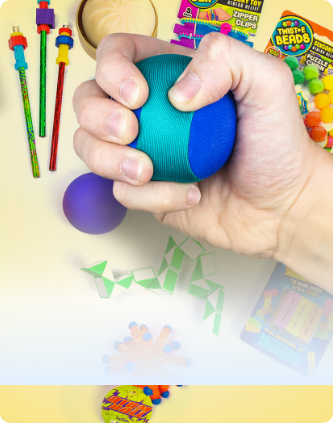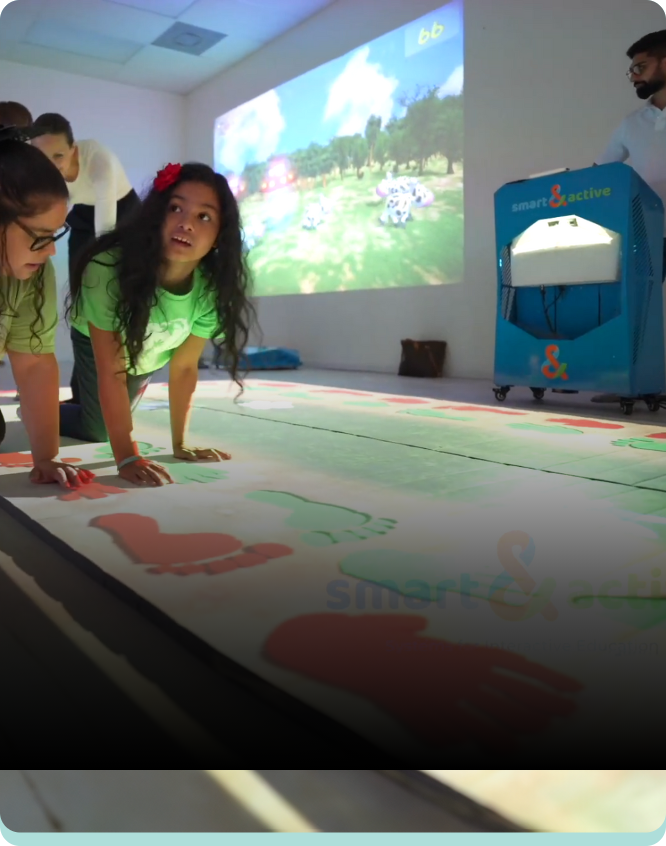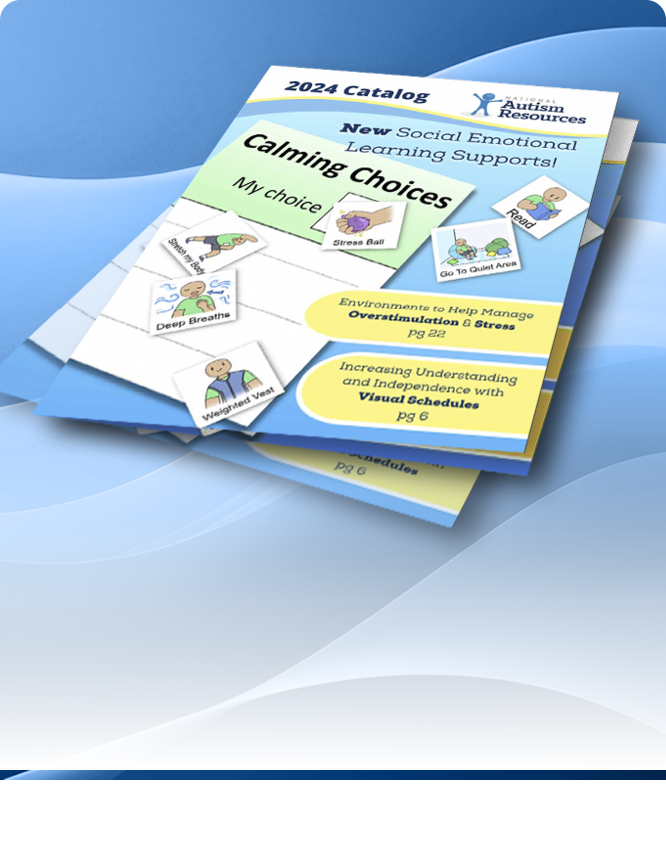Learning bowel and bladder control is a major developmental task and can be especially challenging for children on the autism spectrum. The child oriented potty training method seeks to create a positive and stress free potty training experience for the parent and child.
Potty training proceeds slowly to allow for periods of negativity. If the child becomes frustrated during training, parents are advised to stop and take a break. During this break time parents are to reassure the child that they have not done anything wrong will become potty trained when they are ready.
According to this method a child is ready to potty train when
- They can sit and walk confidently.
- They have a basic ability to understand simple verbal requests.
- They are psychologically ready meaning they are exhibiting autonomy; they feel secure with their parents and show a desire to please them.
Parents must be prepared for the extra work and anxiety that toilet training can bring so that they can maintain a relaxed, pressure-free environment. Usually this method starts when the child is 18 months of age.
- To begin introduce a potty chair as the child's own chair. Prior to starting potty training give the child some time to get familiar with the potty chair and verbally associate it with the parents' toilet.
- Next, for several days, have the child sit on the chair fully clothed when the parent uses the toilet. During this phase you may reward the child for sitting, but remember this should be enjoyable and a pressure free environment so allow the child to leave at will.
- After 1 to 2 weeks remove the child's diaper and have him or her sit on the potty. At this point there should be no pressure to potty or any attempts to catch anything.
- After another couple of weeks start to take the child to the potty after they go in their diaper and empty the contents into the potty. During this time continue to explain that this is where bowel movements go.
- If the child appears to understand that the potty is where bowel movements go start to take the child to the potty several times a day.
- As the childs interest in potty training grows you can remove diapers and pants for short periods of time. Make sure that the childs potty seat is easily accessible and encourage the child to use it at will and independently. You can give the child periodic reminders but again remember this should be a relaxed and stress free time.
- Once the child shows an interest and progress in potty training begin using training pants. Work on independence by teaching the child how to raise and lower the pants independently.
Once a boy has gained bowel control you can teach him to urinate while standing up by letting him watch other males. Potty training during nap time and night training is the next step. However, often this step is not necessary because it usually occurs naturally as the child masters daytime control.






